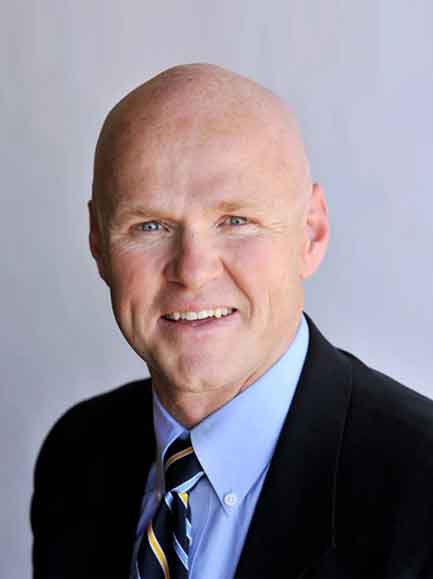Common Treatments for Cavus Foot
Treatments for high-arched feet vary.
After testing for and diagnosing cavus foot, your podiatrist may perform further tests to assess your:
- Gait
- Nerve function
- Muscle strength
While any effective treatment must account for the underlying causes of cavus foot, our office has found that the following procedures offer relief to many patients with high arches:
Custom Orthotics
Custom orthotics are prescription appliances that can be placed inside a shoe. Orthotics include devices such as:
- Arch supports
- Heel liners
- Foot cushions
Orthotics are very different from store-bought insoles, as they are designed to accommodate an individual patient’s needs and anatomical idiosyncrasies. Properly designed orthotics can help redistribute a user’s weight, provide additional arch support, and minimize cavus foot-related pain.
Foot and Ankle Bracing
Foot and ankle braces are types of orthotic devices. They can be fitted inside or around a shoe. While foot and ankle braces differ in size, shape, and complexity, they are intended to stabilize the foot and ankle.
Physical Therapy
Physical therapy can help relieve cavus foot-related pain and discomfort. Your podiatrist could recommend physical therapy and stretching exercises to:
- Reduce foot and ankle instability.
- Strengthen tight or weak muscles.
- Improve gait and coordination.
Physical therapy can be effective in relieving some cavus foot-related symptoms. However, physiotherapy is typically recommended alongside other remedies, such as custom orthotics.
Surgery
Rocky Mountain Foot & Ankle’s team of experienced podiatrists usually explores non-invasive treatment options before recommending surgery. Nevertheless, surgery is sometimes necessary to correct higher-than-normal arches, especially when cavus foot is related to an underlying medical condition and poses a significant risk of further complications.
Surgical interventions are designed to correct anatomical abnormalities. Your podiatrist could perform:
- Minimally invasive soft tissue surgery, which could involve a tendon transfer or a release of the plantar fascia, the thick band of tissue connecting the heel bone to the base of the toes.
- Bone surgery, if the underlying bone has been impacted by cavus foot or is believed to be responsible for the development of high-arched feet.
- Toe surgery to correct clawed toes and other conditions commonly caused by cavus foot.
Are You Suffering From Cavus Foot or High Arches In The Caldwell Or Meridian, Idaho Area?
If you're suffering from cavus foot or high arches you owe it to yourself to speak with our experienced podiatrists as soon as possible. Please feel free to contact us online or call our office directly at 208.855.5955 to schedule your appointment. We service all areas surrounding Meridian, Idaho as well as all areas in the Caldwell, Idaho area. We look forward to helping you!

 The arches of the feet play a critical role in supporting body weight and absorbing shock. However, some people develop structural abnormalities often due to old age or an underlying medical issue. High arches, or
The arches of the feet play a critical role in supporting body weight and absorbing shock. However, some people develop structural abnormalities often due to old age or an underlying medical issue. High arches, or 